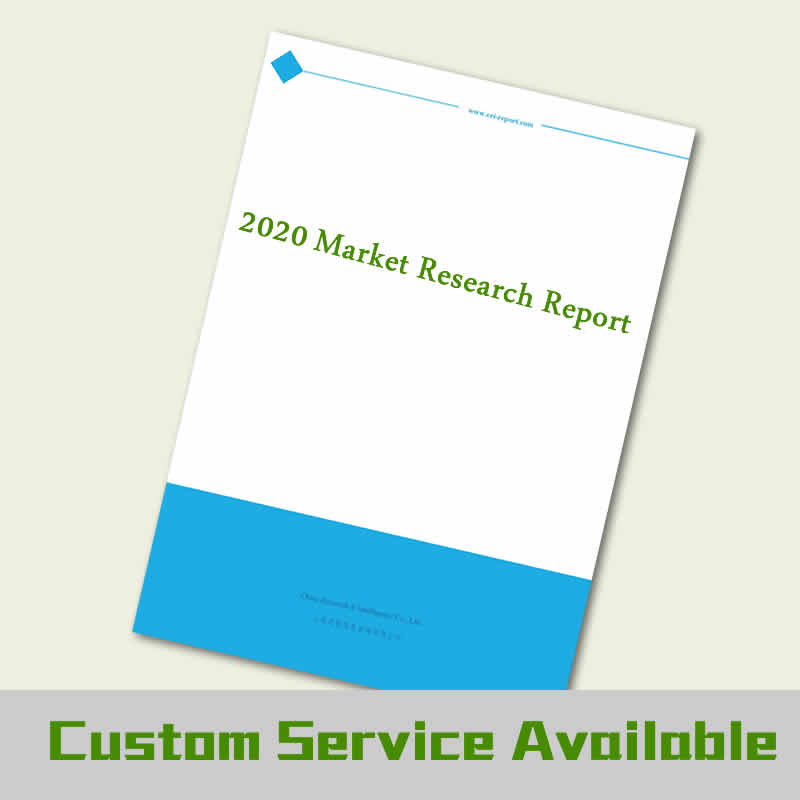Description
According to CRI, with the development of China’s economy and the rise in Chinese people’s living standards, the per capita consumption of dairy products in China keeps rising. Despite the increasing demand for dairy products, the domestic production of dairy products sees a rather anemic growth. In 2018, the apparent consumption of dairy products in China reached about 31.79 million tons, representing a CAGR of about 2.7% from 2013 to 2017, according to CRI. -However, the production volume of dairy products in China grew at a CAGR of only 2.1% during the same period. The main reasons for the sluggish growth include: (1) The costs of domestic dairy products in China are higher than the global average as affected by the costs of feed, labor and land, and the low profitability inhibits the production growth; and (2) Chinese people lack confidence in domestic dairy products as safety incidents occurred frequently in China’s dairy product industry in the recent decade. The above factors drive the growth of dairy product imports in China.
According to China Customs, in 2018, the import volume of dairy products in China reached 2.74 million tons, up by 7.80% YOY; the import value reached USD 10.65 billion, up by 14.80% YOY, CRI concludes. The dairy products imported to China include milk powder, liquid milk, cheese, etc., with milk powder taking the major share. In 2018, milk powder imports contributed nearly 70% to the import value of dairy products in China. The milk powder imported to China includes infant formula milk powder, raw milk powder, etc. China needs to import a large quantity of infant formula milk powder because its consumers lack confidence in the safety of domestic counterparts; and import raw milk powder because the imports are of low prices and high quality.
According to CRI, the growing imports of dairy products have had some impacts on China’s domestic dairy producers, for example, the decline in sales revenue and profit margins. Therefore, the Chinese government introduced restrictive policies on dairy product imports. For example, to restrict the import of infant formula milk powder, on Jan. 1, 2018, the China Food and Drug Administration put into force the Measures for Administration of Registration of Formulas of Infant Formula Milk Powder which stipulates that infant formula milk powder that has not been registered in China is not allowed to be sold in China, and the Certificate of Registration of Formulas of Infant Formula Milk Powder must be obtained according to the law for imported infant formula milk powder to be marketed in China. On Mar. 14, 2018, the Announcement of the State Certification and Accreditation Administration on Renewing the Registration of Overseas Manufacturers of Imported Infant Formula Milk Powder specified that the registration of overseas producers of imported infant formula milk powder would be valid for four years and should be renewed upon expiration. These policies are expected to drive away more than 80% of the over 2,000 imported brands (products) of infant formula milk powder on the Chinese market.
CRI estimates that Chinese people will have a growing demand for dairy products as their income increases. However, domestic dairy production has limited growth potential as restricted by several unfavorable factors, and faces rising costs. Therefore, the annual import volume and import value of dairy products in China will continue to grow. Some Chinese dairy producers are acquiring overseas dairy enterprises to make profits from exporting dairy products to China. It is evident that the Chinese market presents huge opportunities to global dairy producers.
Topics Covered:
– Major factors influencing dairy product import in China
– Dairy product import in China
– Major sources of China’s dairy product imports
– Comparison of prices of domestic and imported dairy products
– Prospect of dairy product import in China from 2019 to 2023
https://www.cri-report.com/product/fortified-dairy-products-market-by-product-type-fortified-milk-formula-milk-powder-cheese-yoghurt-and-others-by-age-children-elderly-and-others-by-sales-channel-convenience-stores-departme/


